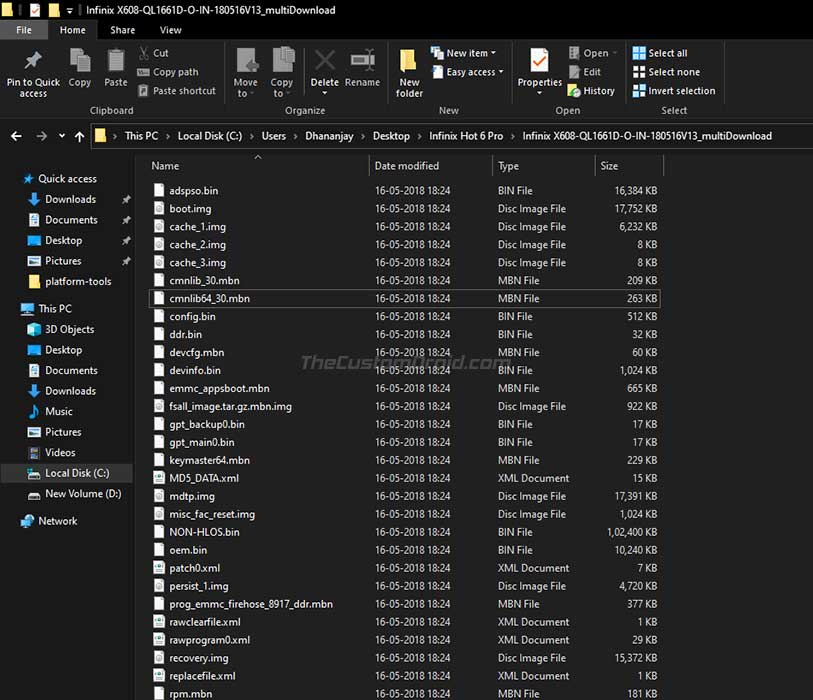

Units were formed of two outer driving motors cars with 2nd class (later Standard Class) seating in open saloons, sandwiching two intermediate trailer cars – one a corridor second and the other a First/Second corridor composite. Units 7101-7104 were the prototype units, and were followed by 'Phase 1' units (7105-7153) and subsequently 'Phase 2' units (7154-7211). 111 units were built in several batches, initially numbered in the range 7101-7211.

The standard units contained passenger seating only, and formed the backbone of the new fleet. The majority of units were 'standard' passenger-only units, complemented by units containing a buffet car. These units are the longest-lived BR Mark 1 EMUs.Ī total of 133 units were built, as two different types.

They were replaced by Juniper, Desiro, and Electrostar units. They were later used on services in Sussex and Hampshire following the privatisation of British Rail in 1995, the units were used by the Connex South Central, Connex South Eastern and South West Trains franchises. Variants of the class 411 design included the class 410 and class 412 4 BEP units, which contained a buffet car in place of a standard trailer. These units, which used a British Railways Mark 1 bodyshell, were based on the earlier Southern Railway 4 COR design, built in 1937. The British Rail Class 411 ( 4CEP) electric multiple units were built at Eastleigh works from 1956–63 for the newly electrified main lines in Kent. Connex South Eastern 1586 at London Victoria in Network SouthEast livery in 2003īritish Rail, Network SouthEast, South West Trains, Connex South Central, Connex South Eastern, South Eastern Trains


 0 kommentar(er)
0 kommentar(er)
